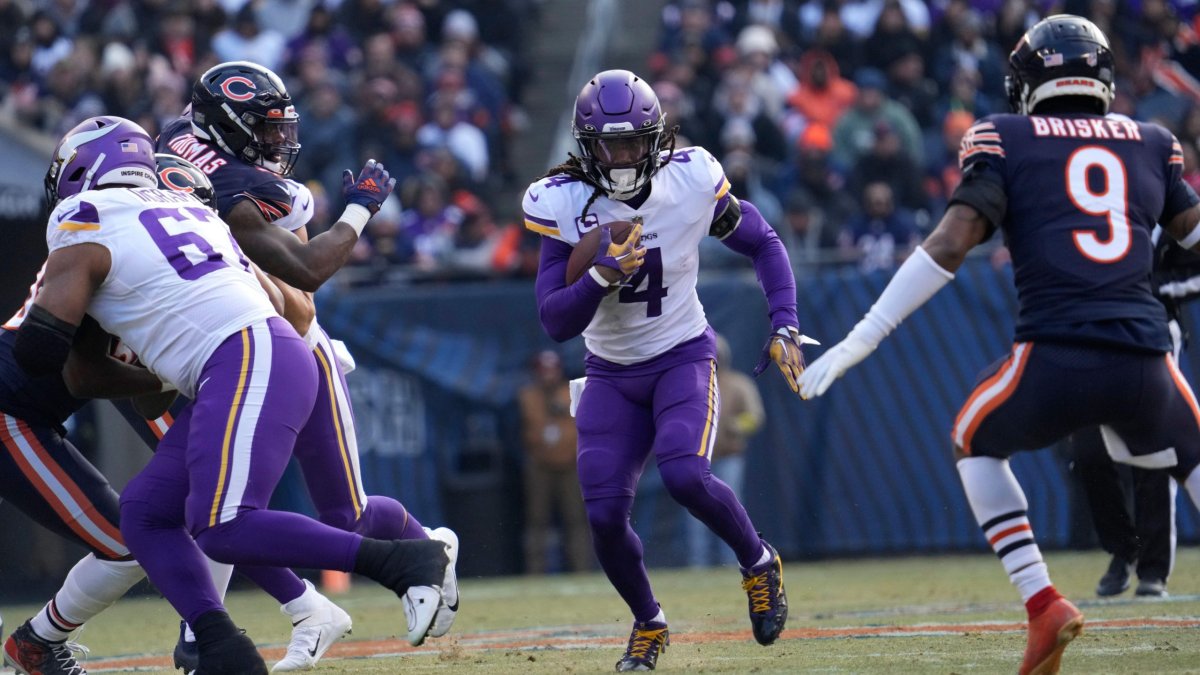• Where things stand with RB Dalvin Cook: Now that June 1 has passed, releasing Cook would free up $9 million as opposed to $5.9 million for the Vikings.
• Trade speculation around WR Hunter Renfrow could heat up: The Raiders would clear $6.97 million in 2023 cap space with a trade now as opposed to $1.462 million had they moved him earlier this offseason.
• How the June 1 deadline affects the DeAndre Hopkins sweepstakes: The Cleveland Browns were the only rumored suitor to clear significant cap space after June 1, adding almost $11 million.
Estimated Reading Time: 8 mins
One of the important dates on the NFL calendar has come and gone, with transactions treated differently on the salary cap before and after June 1 each offseason. Several teams will add cap space as post-June 1 cuts are officially processed, while others may now make new cuts and trades because of the different treatment.
The reason is fairly simple: Teams can take on less dead cap money in the current year if they cut or trade a player after June 1. While the end result from a financial perspective will be the same over a two-year period, extra upfront cap relief can provide flexibility and enable a team to spend more now. Below are the teams that added significant cap space once moves were processed:
| Team | Cap Space Added | Players |
| Miami Dolphins | $13.6 million | CB Byron Jones |
| Cleveland Browns | $10.915 million | S John Johnson III, ED Jadeveon Clowney |
| Dallas Cowboys | $10.9 million | RB Ezekiel Elliott |
| Washington Commanders | $8.37 million | C Chase Roullier |
| Arizona Cardinals | $4.215 million | DI J.J. Watt, C Rodney Hudson |
| Denver Broncos | $3.75 million | K Brandon McManus |
To illustrate the difference between a pre-June 1 and post-June 1 move, let’s say a player has two years remaining on a contract with $5 million in bonus proration each year. If the player is cut or traded prior to June 1, both $5 million proration amounts would hit the 2023 salary cap for a dead cap hit of $10 million. After June 1, there would be $5 million in dead cap in 2023 and $5 million in dead cap in 2024.
RB Dalvin Cook, Minnesota Vikings
A trade would now free up $11 million for Minnesota as opposed to $7.9 million prior to June 1, and a release would free up $9 million as opposed to $5.9 million. The $3.1 million difference is not insignificant as Minnesota gets younger across its roster this offseason.
The Miami Dolphins have long been rumored as a potential landing spot, with Cook growing up in South Florida and looking like a perfect fit in Mike McDaniel’s offense. Miami did use its third-round pick on Texas A&M running back Devon Achane and re-signed Raheem Mostert and Jeff Wilson Jr., but Cook would slide in comfortably ahead of all three on the depth chart. The Buffalo Bills, where Cook’s brother James currently looks to top the depth chart, could also make sense. Both teams would probably have to rework Dalvin Cook’s deal in some capacity, with his $10.4 million salary a lot to take on for either club.
Cook’s 112 explosive rushes and 3,900 rushing yards over the past three seasons are both the second most in the NFL, and his 9.0 yards after the catch per reception ranks fourth among running backs with at least 75 targets over the span. Cook has forced 0.2 missed tackles per attempt over the span as well, which places him in the top 20 among running backs, and his 3.1 yards after contact per attempt is a top-25 mark. While Cook has earned the two lowest overall grades of his career over the past two seasons, he has still produced at a very high level in a workhorse role.
Exclusive content for premium subscribers

WANT TO KEEP READING?
Dominate Fantasy Football & Betting with AI-Powered Data & Tools Trusted By All 32 Teams
Already have a subscription? Log in




 © 2025 PFF - all rights reserved.
© 2025 PFF - all rights reserved.